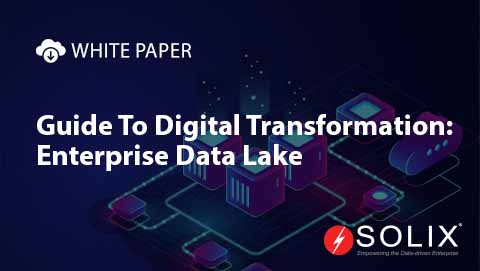Data Warehouse
What is a Data Warehouse?

A Data Warehouse is a centralized repository that stores large volumes of structured data in pre-defined schema from various sources within an organization. It is designed to support business intelligence (BI) and reporting activities by providing a consolidated and optimized view of data for analysis and decision-making. Data warehouses are crucial in organizing and managing data to facilitate efficient querying, reporting, and analysis processes.
Key Benefits of Data Warehouses
- Centralized Data Repository
Data Warehouses offer a centralized storage solution for data from diverse sources, enabling easy access to integrated information across the organization.
- Improved Data Quality and Consistency
Enforcing data integration and standardization processes enhances data quality and consistency, instilling trust in the accuracy of analytical information.
- Enhanced Performance for Analytics
Optimized for analytical queries, Data Warehouses deliver improved query performance, allowing swift retrieval of insights from large datasets for efficient decision-making. Also, this approach avoided unnecessary strain on live transactional systems.
- Historical Data Analysis
The capability to store and analyze historical data enables organizations to identify trends, patterns, and changes over time, supporting strategic planning.
- Reliable Reporting and Self-Service Analytics
Data Warehouses empower users with self-service reporting, reducing dependence on IT for ad-hoc reports and fostering agility in decision-making.
- Facilitation of BI and Analytics Tools
Seamless integration with various business intelligence and analytics tools enhances their functionality, enabling organizations to leverage advanced analytics for deeper insights.
- Scalability and Flexibility
Designed to scale with growing data needs, Data Warehouses ensure sustained performance and efficiency as data volumes increase.
Challenges in Data Warehousing
Data Warehousing, though powerful, posed key challenges:
- Complexity in management
- High cost of storage and scalability
- Lack of real-time processing support,
- Rigid data modeling, limiting adaptability.





